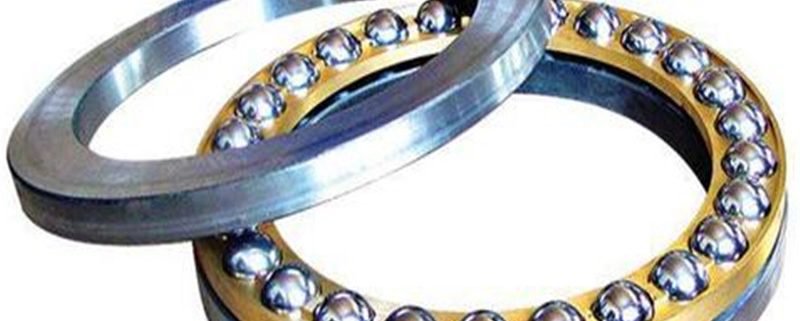Bearings prolong service life-sealing effect
Bearings are the basis for operating machinery, covering fields ranging from mining, motors, machine tools to transportation, power generation, and robotics. Ensuring the longest possible service life is essential to prevent excessive wear and tear; this wear and tear can lead to system failures, often leading to expensive downtime for equipment rebuilds.
Engineers can use standard bearing life expectancy to calculate the likely life of the bearing supply. Known as L10 life (or also known as B90 or C90 life), this theorem explains that 90% of bearings will reach or exceed a specific number of revolutions when used in a specific working environment. However, this expectation is not guaranteed; in practical applications, bearing failures are actually more common and more complex, affecting the life expectancy of most systems.
Although many factors can maximize the life of a bearing, the most important consideration is proper sealing-recent studies have shown that most bearing failures are caused by contaminated bearing oil. By using the best quality seals, engineers can prevent or greatly reduce pollution, significantly extend bearing life, while improving equipment uptime and preventing system failures.
Two main sealing systems
In order to protect the bearing, the seal helps to reduce excessive temperatures by effectively retaining the lubricant, thereby reducing wear. Perhaps more importantly, the seal prevents foreign debris from entering the bearing, preventing damage, deteriorating bearing performance, and ultimately causing them to stop working altogether.
The two most common sealing arrangements are called radial lip or friction contact seals, and labyrinth or non-contact seals. Both sealing systems help protect the bearing and extend the service life. Depending on the application, different designs are different, which ultimately determines the level of protection provided by these seals.
Friction contact seal
Early friction contact seals were made to maintain consistent contact with the sealing surface; today’s models use special shapes and geometries to create hydrodynamic effects, and more effective designs to maintain maximum protection. This design enables the seal to reduce friction and wear by circulating lubricating oil from under the sealing lip to the bearing system, thereby forming an advanced process that improves life and efficiency.
There are many friction seal designs that provide excellent performance at a slightly higher cost, such as a surface seal with a spring element, which can provide automatic adjustment, or a seal with two collars, with a grease collector around it, which can automatically Add grease. In addition to these options, the next best cost-effective option includes regular or occasional lubrication and a collar that is updated from the bearing. The cheapest options include collars that are not updated, felt rings that are occasionally updated, and felt rings that are never updated.
Non-friction seal
Non-contact sealing continues to be popular. The most common type is the labyrinth seal, which is designed with complex passages to prevent contaminants from entering while retaining lubricant and liquid. Another option is a hybrid design, which includes centrifugal force, drainage design, and other retention and removal methods to provide the best sealing performance.
The most effective (and most expensive) labyrinth seal arrangement includes a multi-channel model with automatic or regular grease replenishment. The multi-channel labyrinth seal where the bearing is occasionally re-lubricated is the second best choice, followed by the simple-running Nilos ring and the long-gap seal. More economical models with a shorter service life include short gaps, Z shields, and open bearing non-contact seals.
Decho is a professional supplier of bearings. If you need any type, pls contact us by email [email protected]




